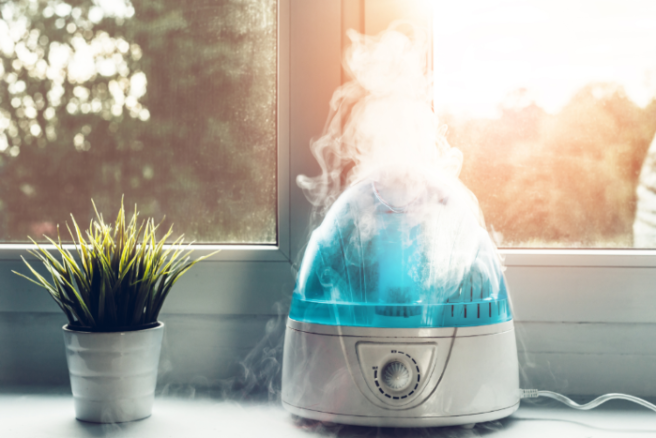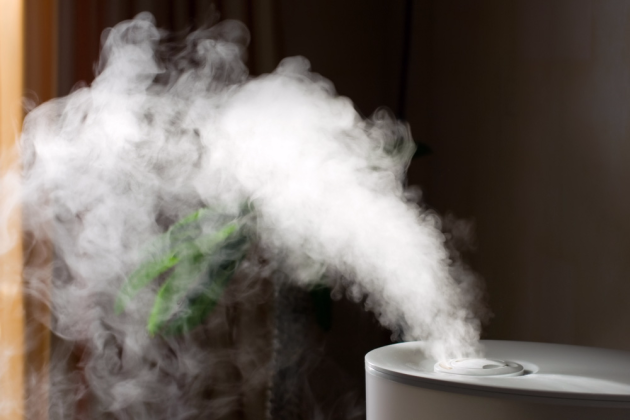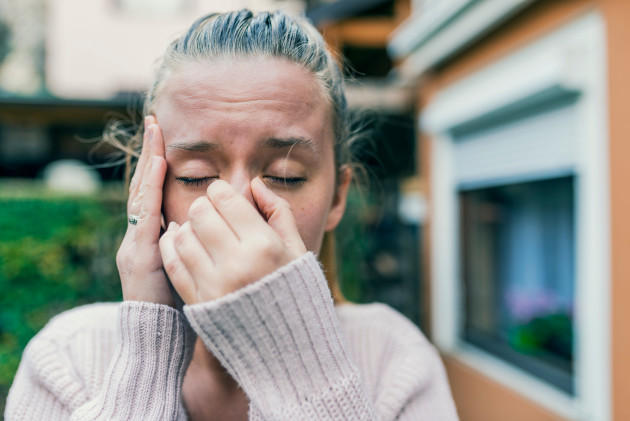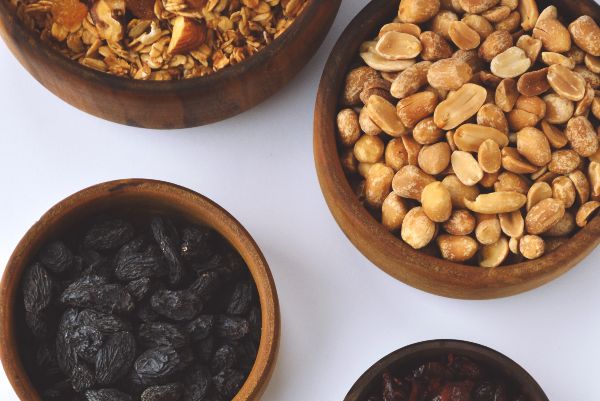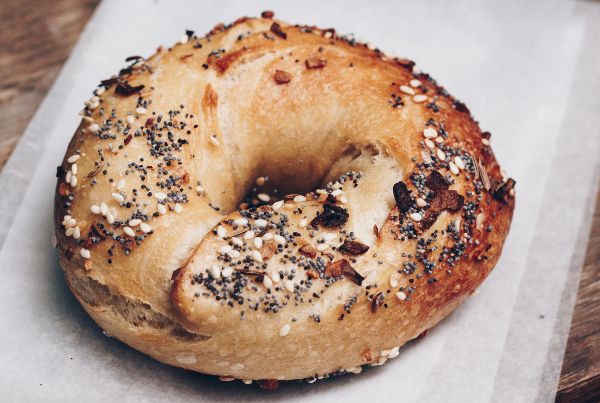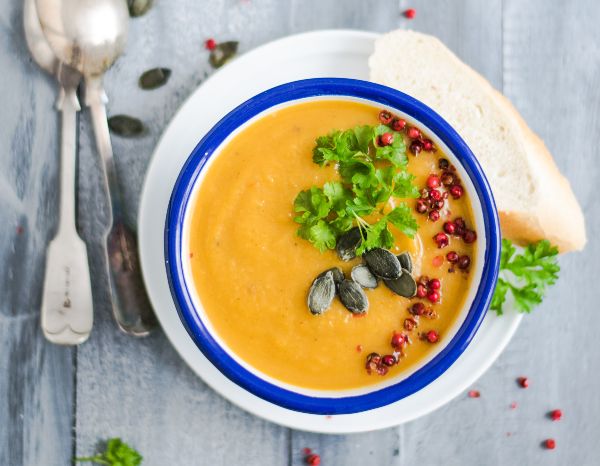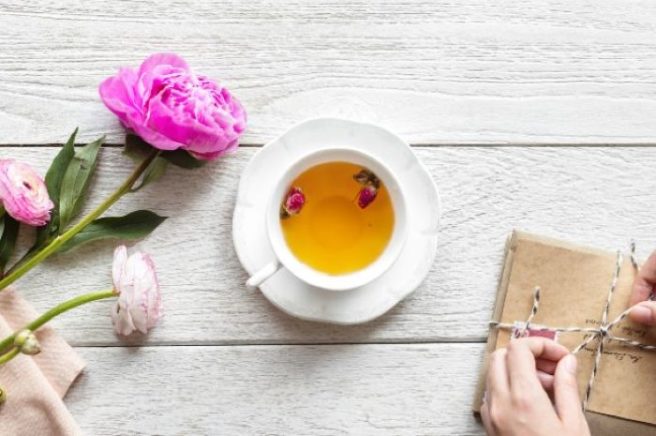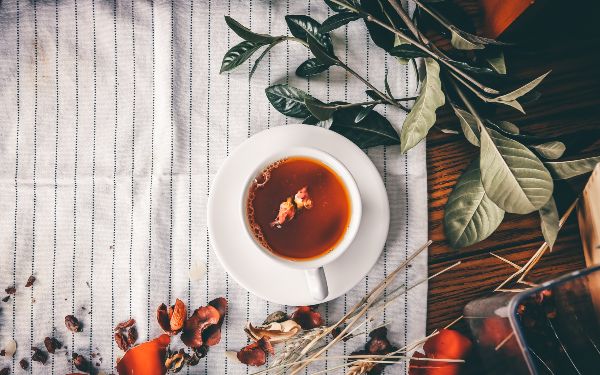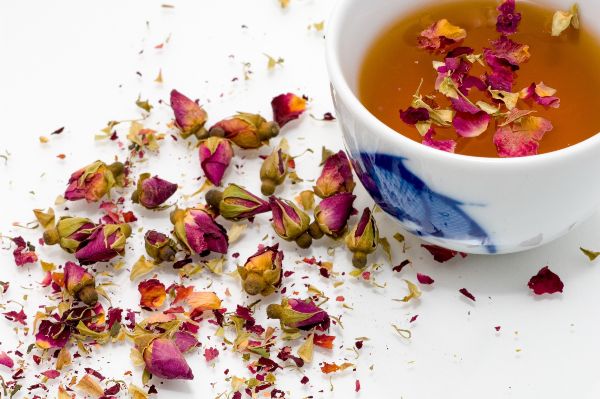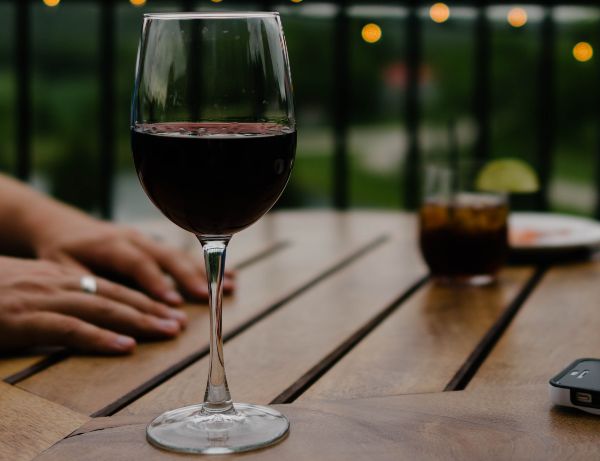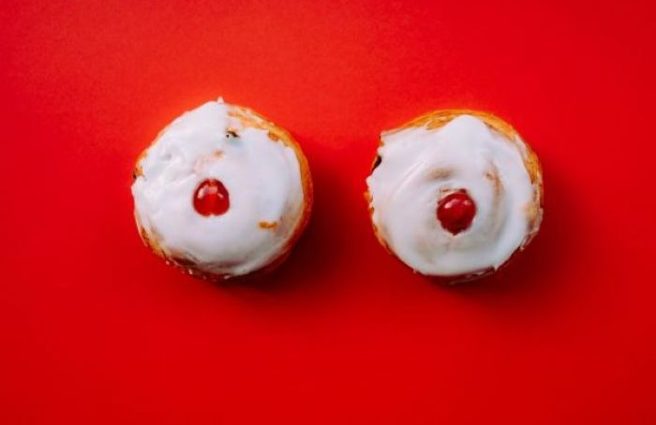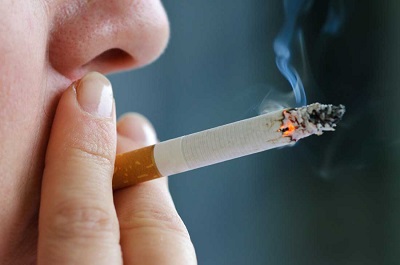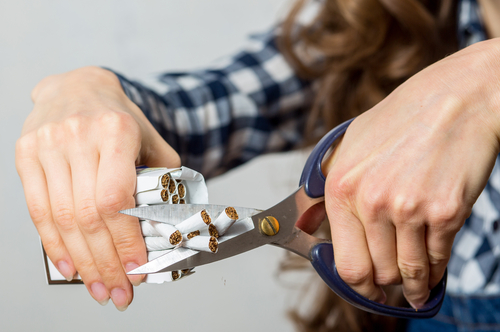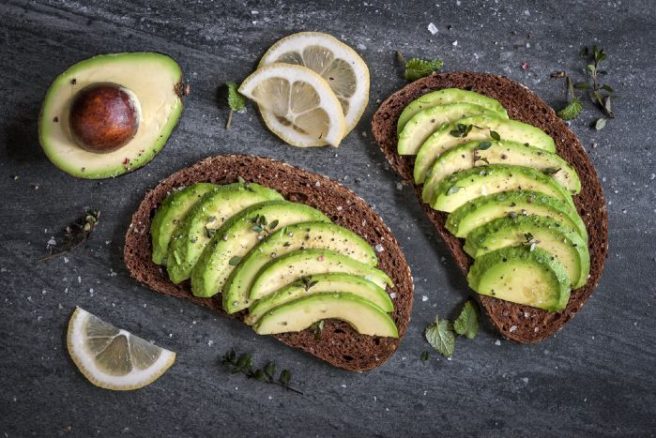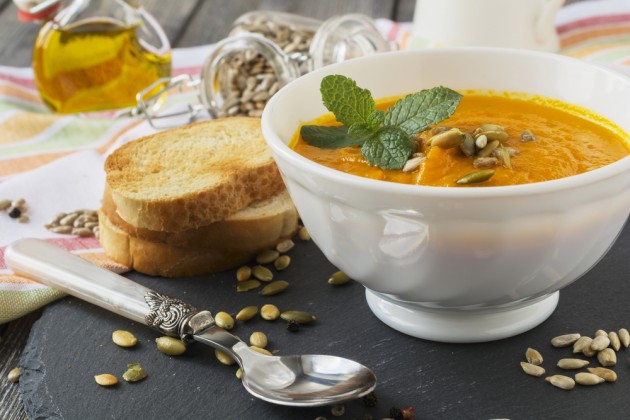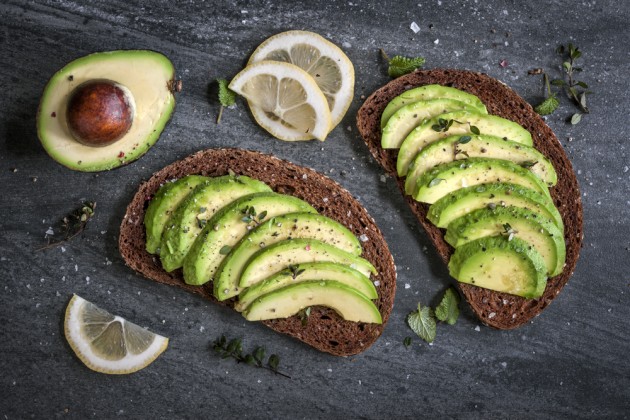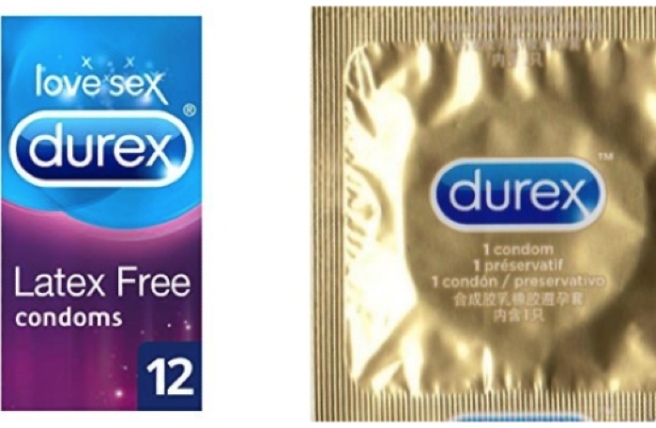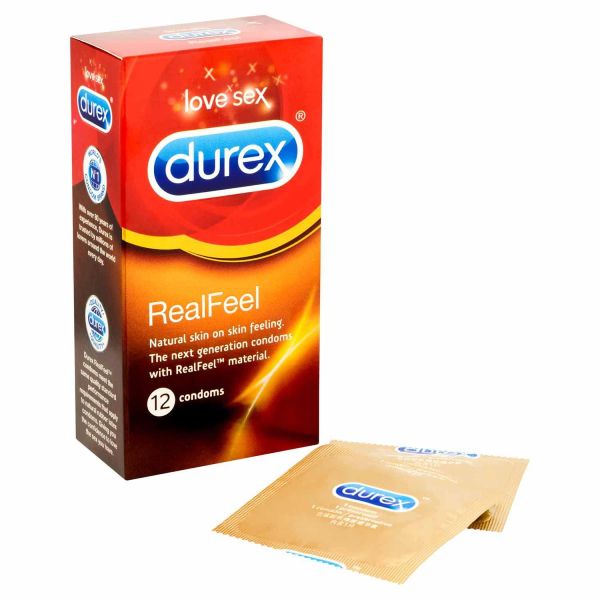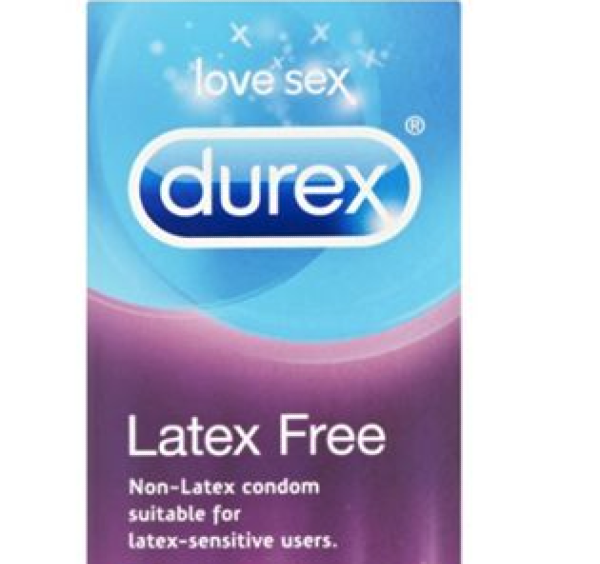
Will robot pets replace real dogs or cats? So fetch or no fetch…
Cats and dogs have been, for a long time, man’s companions, pets, a part of your family. But with the new technology wave spreading nowadays, the digital era brings a new type of invention, a new type of ‘pets’: robot pets.
Robot pets – What are they.
An artificial intelligence, AI for short, inside a machine, a robot pet is, as the name implies, a robot designed in the shape and size of a common pet: dog, cat or even bird. Made to be similar in attitude and behaviour with a real animal, robot pets are used to help elderly people that, for various reasons, cannot keep a pet.
The robots are supposed to help with dark emotions, like depression, to keep the elderly active, maintaining their wish to live, fresh. But with the creation of such robot pets, comes the question everyone asks at the end. Can robot pets really replace real dogs and cats? The answer is simple: it depends on the individual.

There are numerous benefits when it comes to owning a robot pet:
Helps with several mental illnesses
Several mental illnesses, like depression or dementia, are, in the long run, hard to cure. By using robotic pets, there has been an increase in relaxation and lack of stress in the elderly people diagnosed with such illnesses.
They not only respond better to the caretakers, but they also are more active, more sociable, engaging in discussions and interaction with other fellow patients. The pets provide the necessary emotional support for the patient to take a step forward in a positive way.
Does not bring additional costs aside its acquisition
Once you buy the robotic pet, there are no other future costs. It will not require medicine, treatment, food or water to survive. With several types of robotic pets already on display, there are sure to be some affordable robot dogs or cats you can ‘adopt’ and bring into your family.

Is ideal for those who suffer from allergies, as it does not shed
Allergies are not something you can control fully. Some people are born that way; some acquire allergies in their lifetime.
Those who are allergic to animal fur, but still wish to have a pet, can now have their dream come true. They do not need to compromise anymore, as the robotic pets do not shed and have no real fur.
According to what model of robot you choose, they might have a synthetic coat over their mechanical body that imitates the way real fur looks like, on the one hand. On the other hand, if you prefer a more mechanical look to it, you can choose one that will satisfy your taste.
Does not need cleaning
As they do not eat and drink, they do not defecate. So you do not have to take them outside for them to do their business, nor do you need to clean after them while indoors.
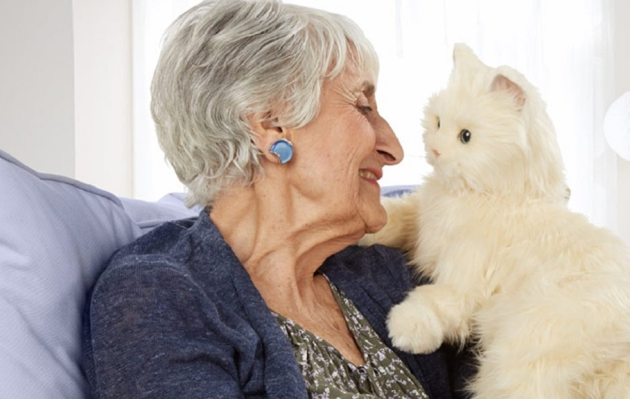
They will not misbehave
Everyone who owns a real pet, be it dog or cat, has come face to face with the situation in which the pet misbehaved.
A friend came to visit you and your dog jumped up and down, barked and tried to bite your friend? Did your cat act aggressively, trying to scratch the one who wanted to pet it?
With the robot pets such misbehaviour does not exist. They are programmed to recognise you as their owner no matter what, their expressions and actions already installed in their memory. Or, if you are good at computers, you can also download and instal several other tricks for your robotic friend to perform.
In contrast to the benefits a robotic pet can have, there are a series of downsides that, for many, are just a deal breaker.

However, there are also undeniably drawbacks in terms of owning a robot pet:
It only has a limited set of actions and cannot respond to you directly
They already have programmed in their memory what type of actions trigger what effect. For example, a cat will only purr if you pet it on the back, while a dog will wag its tail only if you pet it on the head. If you do any other type of action and expect the robots to either purr or wag their tail, you are going be disappointed as they will not do anything.
It may break down unexpectedly
You never know when it might break down. Some products do need to recharge their ‘energy’, but others may use a more advanced and complex system that does not require batteries or recharging. If one of such products breaks down, the only way to repair it might be to send it back to its producer and have it replaced with a new one.
No walk
Robot pets do not need to be taken out for a walk. And while this might seem attractive at first, on the long run it is a major drawback. Walking your dog is highly beneficial to both yours and your dog’s health. You get to exercise, you have a way to meet new people, and you relax and avoid over-stressing while the dog gets his energy level down a notch while doing its ‘doggy business’. But with robotic pets, your healthy lifestyle might suffer.

Does not provide the emotional achievement of training or interacting with a real pet
Pets, no matter what type, have their own way to show their affection, to communicate and interact with you. Moreover, when you finally manage to train your dog or you receive your cat’s affection, you get a feeling of fulfilment, of serenity, of achievement.
When robot pets are concerned, there is no such feeling. They are already programmed to do certain things and to offer you their ‘unconditional love’. But at the end of the day, robots do not have feelings, and they cannot compensate for yours.
No emotions
A pet will feel sad when you leave it alone for too long and will be a cute, furry joy-ball when it sees you. There is no dog that will not wag its tail as soon as it sees its owner. It will do anything in its power to grab your attention in order to receive a few affectionate words or a pat on the head.
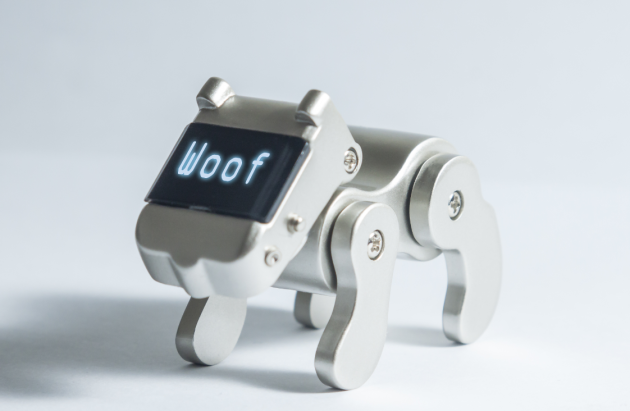
A robot pet, however, is another story. If left alone it will enter a standby state, in which it will try to imitate ‘sleep’. It might fall under the ‘cute’ category at first, but as the time passes, you might feel the need to be ‘asked’ for attention by your pet.
A robot is not capable of doing so while putting feelings and emotions into the act itself. Sure, it might emit certain sounds and noises to get your attention because its battery is running out, but it will never behave like a true, real, animal.
In conclusion, despite being a new trend, and despite having their own benefits, robot pets still have a very long road ahead before there is any chance for them to replace a breathing, loving cat or dog.






